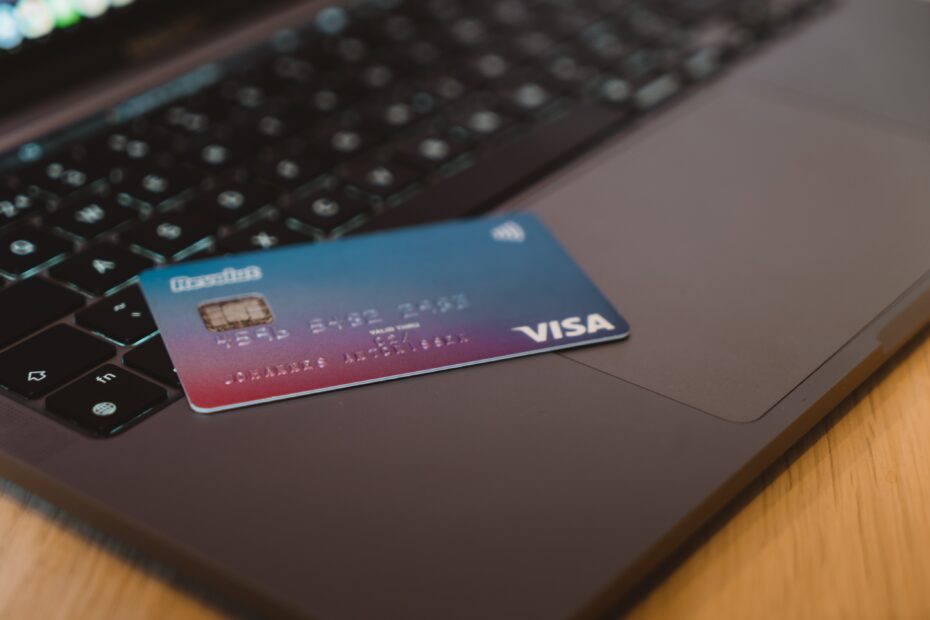The world is increasingly going cashless, and credit cards continue to be the leaders in payment processing due to their established infrastructure and massive networks. Indeed, with improvements in credit card technology and digital payments, credit card usage has been on the rise. The US Federal Reserve’s triennial study on payment methods in the US found that transaction volumes increased from $103.5 billion in 2015 to $111.1 billion in 2016, or 10.2%, and those numbers have continued to increase.
Even so, credit card fraud has seen parallel growth despite security improvements and stronger efforts to prevent it. A study conducted by RSA found that in the US alone, credit card transaction fraud costs merchants $508.00 per fraudulent transaction, with card-not-present (CNP) fraud showing significant growth in 2019. For merchants, this is a concerning issue, but not one that is without a solution.
Although you can never fully eliminate the risk, you can certainly mitigate it, and you can protect yourself even in the worst of cases against legal action that could be costly and damage your reputation. Here are some of the top credit card fraud detection strategies you can implement to secure your payments:
CHECK USERS’ LOCATIONS WHEN THEY MAKE A PURCHASE
It’s common that when users are committing credit card fraud, and especially CNP fraud, they are not usually doing so from the card’s original location. This means that a simple check that matches a user’s credit card billing address with an approximate location could reveal much about a transaction’s origin. Geolocation tools, for instance, let you track an IP address’ approximate location to match against their provided billing address.
Moreover, transactions from a single card from multiple locations in a short span may also be a red flag. Even so, it’s worth remembering that while these are good indicators, there may also be legitimate reasons for information not matching up perfectly. A cardholder who’s making a purchase from abroad may have a non-matching IP address, as would someone who holds a card from a foreign card issuer for business purposes.
KEEP DETAILED RECORDS OF DELIVERY AND FULFILMENT
One common strategy for fraudsters is to make purchases to wrong addresses or non-existing ones, and file chargeback complaints with card processors. For merchants, fighting these penalties and paying the fees can be damaging, but it’s not impossible to combat. One way to do so is to focus on keeping detailed records of every part of a transaction, even after payment has been processed.
Tracking records at each step, as well as signed proof of delivery documents, are crucial to combat any claim, as is information about order fulfilment. Make sure to maintain clear communication with your users at every step to build a clear record of your fulfilment process. Additionally, having fast delivery processes can help avoid even friendly fraud (when customers request chargebacks before attempting to obtain a refund from a merchant).
EMBRACE ANALYTICS AND DATA
One of the silver linings of CNP fraud is that it produces data. Whenever fraud occurs or fails in an attempt, you gain a wealth of knowledge about the attack and where it succeeded or went wrong. By itself, the data has limited value, but when you analyze and break it down, it can give you an excellent blueprint to help mitigate fraud in the future.
Analytics suites can help you find patterns in transactions, as well as detect suspicious activity in real time based on historic trends. More importantly, it lets you understand your defenses, and gives you areas to improve your security. You can see which indicators were missed, which you succeeded in identifying, and integrate those into your detection models for the future.
IMPLEMENT AND MEET BEST SECURITY PRACTICES
Surprisingly, one of the most common causes of fraud is lax standards that miss major signs of trouble. This can range from forgetting to ask basic details to missing important information such as billing address for matching, and even double-checking credit card data against users’ accounts. In many of these cases, the result is not fraud, but in those where it is, merchants may be hard-pressed to reclaim anything, or be able to prove it happened.
Following best industry practices isn’t a guarantee that you’ll completely avoid fraud, but it is a good way to mitigate your risk. Steps such as requiring users input their CVV (card verification code) can greatly reduce the opportunity for fraud. Similarly, asking for a phone number, double-checking returning users’ information, and installing multiple fraud detection tools are important steps in avoiding a pitfall for your online store.
HAVE CLEAR PROTOCOLS FOR SUSPECTED FRAUD
One of the big mistakes you can make when dealing with potential fraud is waiting until it becomes actual fraud. In many cases, waiting until the hammer drops means all that will be left is to pick up the pieces, not get your money back. To avoid this, it’s important to understand that you don’t have to wait to start protecting yourself against potential fraud, and that you should have clear steps in place to make sure you act early enough.
The first step should be to contact your customer directly. If you suspect the card may be fraudulent, calling to verify a purchase to the number provided may be a great way to avoid it altogether. Delaying shipments, and even alerting your payment processor are other easy steps that can save you thousands of dollars and only provide minor inconveniences to your users.
PREVENT FRAUD
In the end, it’s impossible to fully prevent fraud, but that doesn’t mean you shouldn’t work to avoid it. By focusing on detecting it and heading it off before it becomes critical, you can fight fraud and mitigate your company’s risk.
For assistance with recovery funds after credit card fraud contact: Reclaim Expert Recovery Services
